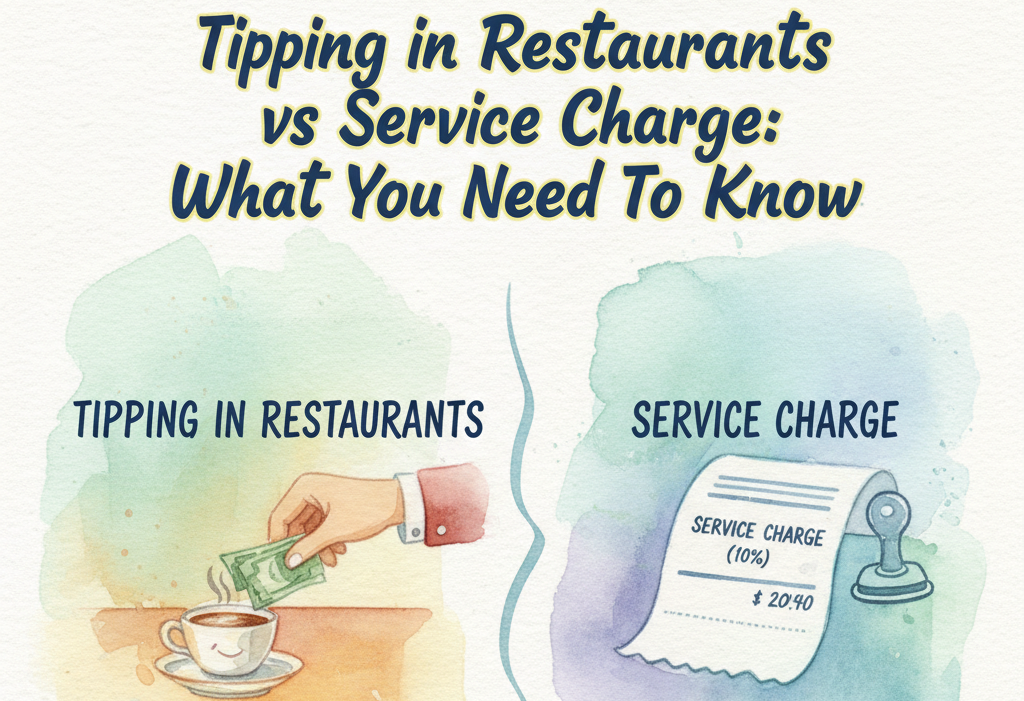Labor costs often emerge as a significant challenge while running a restaurant. They can quickly spiral out of control if not managed efficiently, impacting the overall profitability of the establishment. However, with strategic planning and implementation of effective measures, restaurant owners can navigate this terrain successfully. In this article, we will delve into eight practical strategies to reduce restaurant labor costs, ensuring financial sustainability without compromising on quality or service.
1. Implement Efficient Scheduling
Efficient scheduling lies at the core of managing labor costs. By leveraging technology and data-driven insights, restaurant owners can optimize staffing levels to match demand, minimizing unnecessary expenditures on overtime or excess restaurant labor. Analyzing sales trends, employee availability, and historical data empowers managers to create schedules that align with the ebb and flow of customer traffic.
2. Cross-Train Your Restaurant Staff
Cross-training employees is a strategic approach to enhancing flexibility within the workforce. By equipping staff with diverse skills, restaurants can adapt to fluctuating demands without overstaffing. This not only reduces labor costs but also fosters a more agile and responsive team capable of handling various tasks efficiently.
3. Optimize Workflow and Processes
Streamlining operational processes is pivotal in maximizing labor efficiency. Identifying and rectifying bottlenecks in workflow, enhancing communication between different departments, and embracing technology where applicable can significantly reduce the time and effort required to execute tasks, consequently trimming down labor costs.
4. Control Food Waste
Food waste not only represents a loss of revenue but also incurs additional labor costs associated with handling and disposal. Implementing rigorous inventory management practices, educating staff on portion control, and monitoring waste levels enable restaurants to minimize unnecessary expenditures while promoting sustainability.
5. Invest in Restaurant Staff Training and Development
Investing in comprehensive training programs and ongoing development initiatives empowers employees to perform their roles effectively, reducing the need for constant supervision. Well-trained staff exhibit higher productivity levels, translating into lower labor costs and improved service quality.
6. Implement Technology Solutions
Embracing technology can revolutionize labor management in restaurants. From point-of-sale systems to self-ordering kiosks, technological innovations automate mundane tasks, freeing up staff to focus on more value-added activities. While the initial investment may seem daunting, the long-term benefits in terms of cost savings and operational efficiency are undeniable.
7. Monitor and Optimize Restaurant Labor Cost Metrics
Regular monitoring and analysis of labor cost metrics provide invaluable insights into areas ripe for optimization. By tracking metrics such as labor cost percentage and labor hours per sale, restaurant owners can identify inefficiencies and take corrective action promptly, ensuring optimal utilization of resources.
8. Foster a Positive Work Environment
A positive work environment is not only conducive to employee satisfaction but also instrumental in reducing turnover costs. By prioritizing employee well-being, implementing recognition programs, and promoting open communication, restaurants can cultivate a loyal and motivated workforce, thereby minimizing the need for frequent hiring and training.
FAQs
- How can restaurant owners effectively implement efficient scheduling practices in their establishments, especially considering the diverse needs and availability of their staff?
To effectively implement efficient scheduling practices, restaurant owners can start by assessing their establishment’s specific needs, including peak and off-peak hours, seasonal variations, and employee availability. Leveraging scheduling software tailored to the restaurant industry can simplify this process by automating the scheduling process and taking into account factors such as sales forecasts, historical data, and staff preferences. Additionally, clear communication with employees about scheduling expectations and the importance of flexibility can help ensure smooth implementation.
- Are there any specific technological tools or software solutions recommended for optimizing scheduling and labor management in restaurants?
There are several technological tools and software solutions available for optimizing scheduling and labor management in restaurants. Popular options include platforms like Deputy, 7shifts, and HotSchedules, which offer features such as shift scheduling, employee communication, time tracking, and labor cost forecasting. These tools allow restaurant owners to create efficient schedules, monitor labor costs in real time, and adjust staffing levels based on demand, ultimately improving operational efficiency and reducing unnecessary expenditures.
- In what ways can cross-training of restaurant staff be practically implemented to ensure that employees are adequately skilled and versatile without compromising on service quality or efficiency?
Implementing cross-training for restaurant staff involves identifying key tasks and positions that can be easily interchangeable, such as front-of-house and back-of-house roles or handling different stations within the kitchen. Restaurant owners can create a structured training program that provides employees with opportunities to learn and practice various skills, ensuring they are proficient in multiple areas of operation. Regular cross-training sessions and ongoing support from management can help reinforce these skills and ensure that staff members are adequately prepared to adapt to fluctuating demands while maintaining service quality.
In conclusion, managing restaurant labor costs demands a proactive and multifaceted approach. By embracing strategies such as efficient scheduling, cross-training, workflow optimization, and technology integration, restaurant owners can achieve significant cost savings while enhancing operational efficiency. Moreover, prioritizing employee development and fostering a positive work culture not only reduces turnover costs but also contributes to long-term sustainability. As the hospitality industry continues to evolve, staying vigilant and adaptive to changing trends is imperative. By implementing the outlined strategies and continuously refining them, restaurants can navigate the challenges of labor cost management effectively, ensuring sustained profitability and success.



